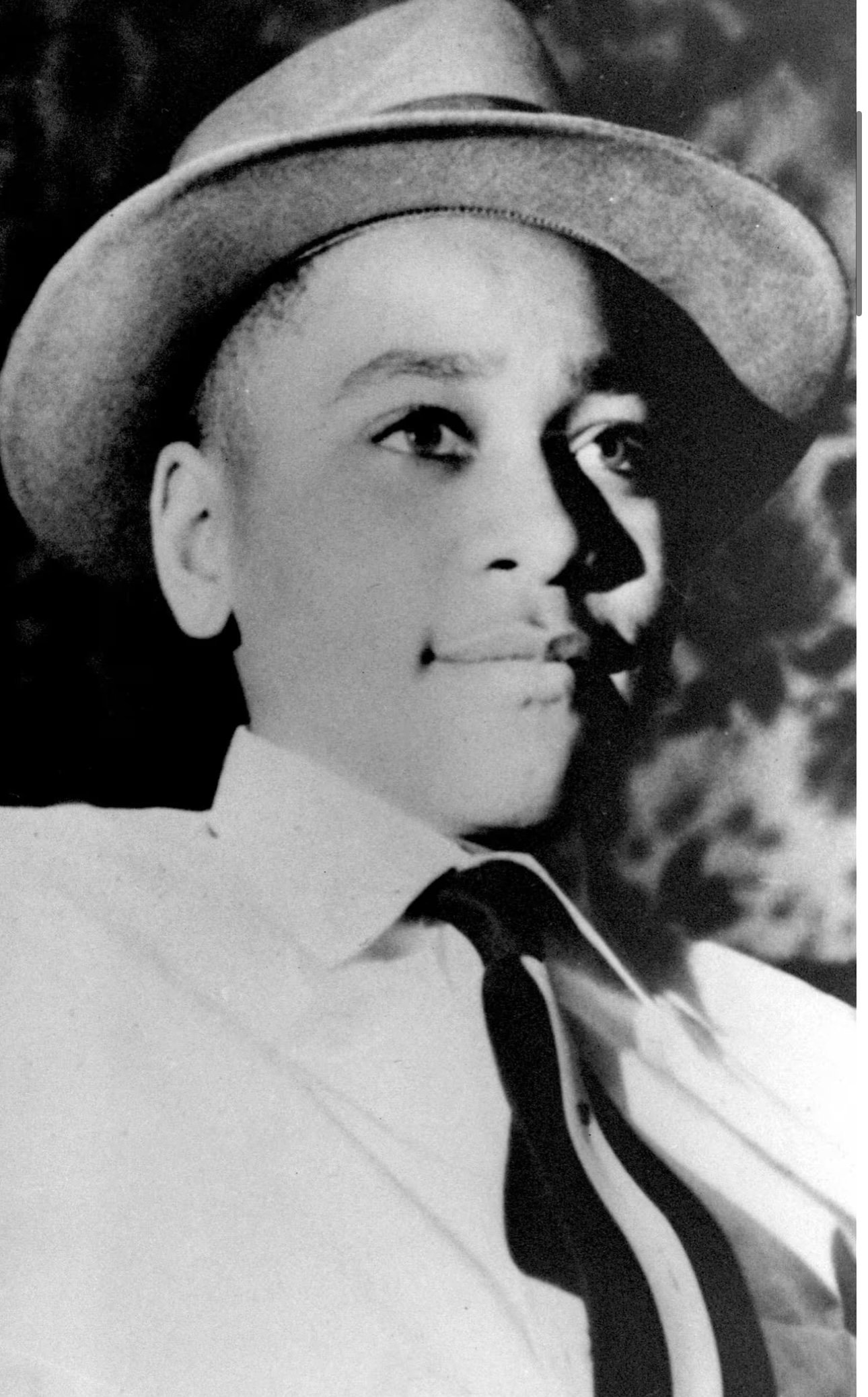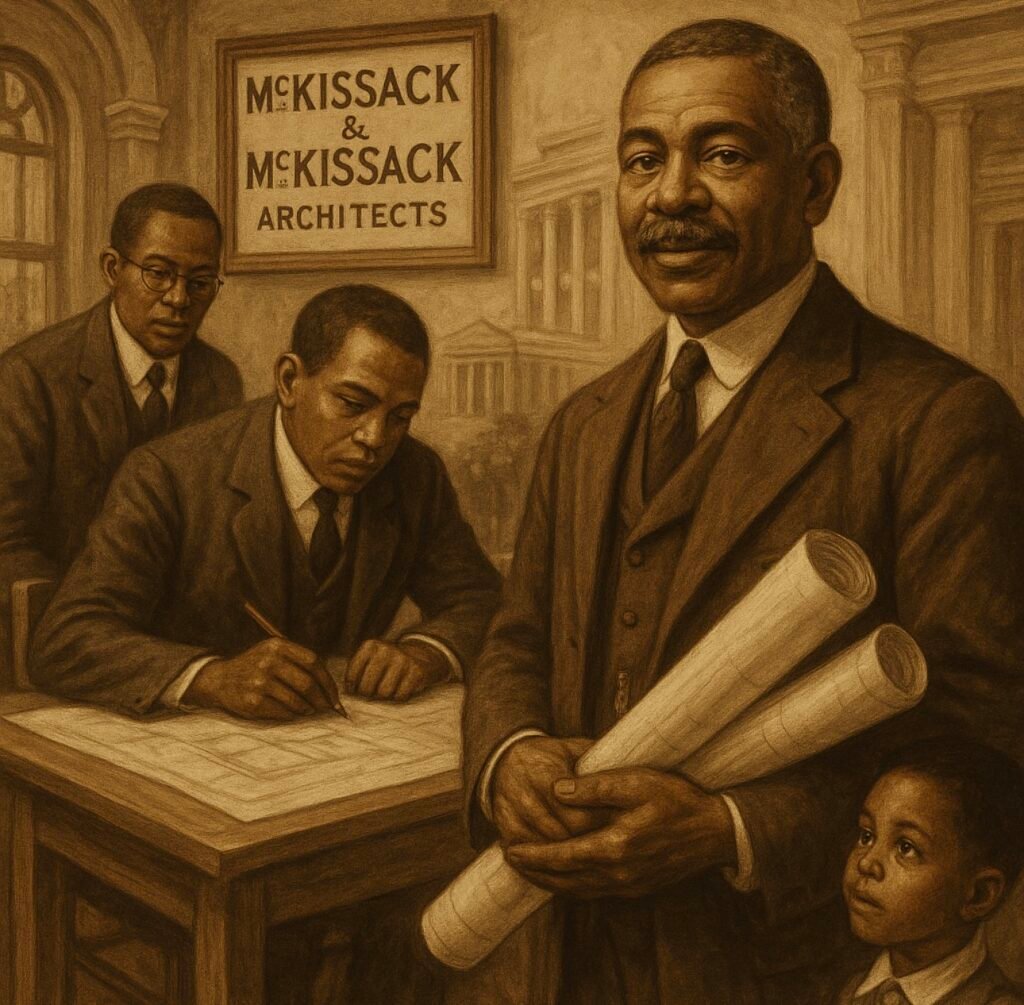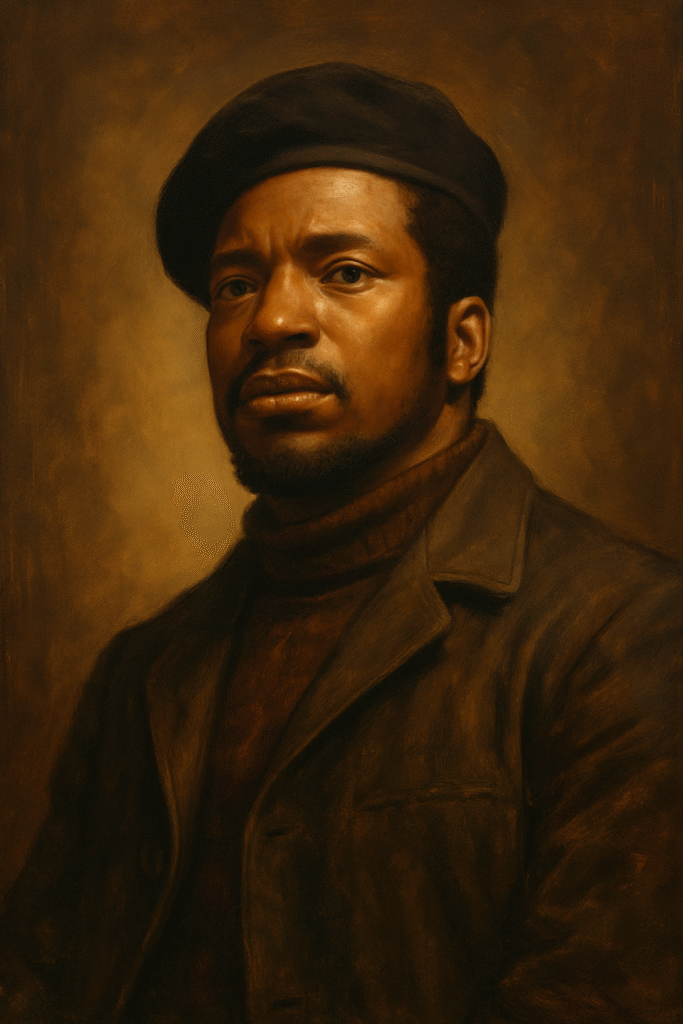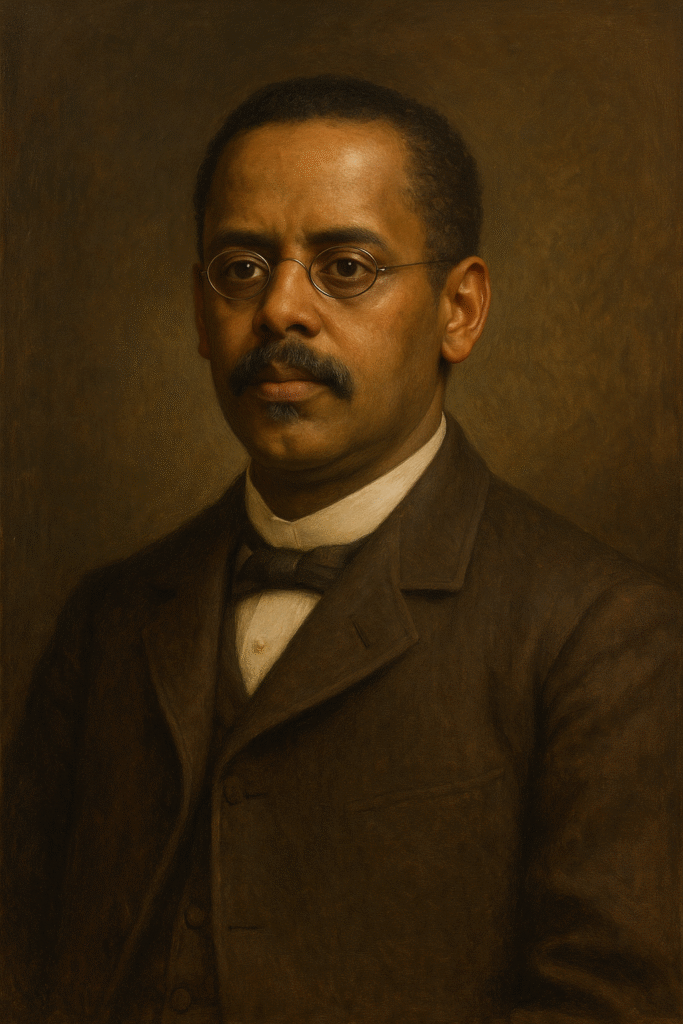The Crime That Changed a Nation
Emmett Till’s visit to Money, Mississippi, in August 1955 was marked by a series of events that ultimately led to his tragic murder, a crime that would resonate through American history and galvanize the civil rights movement. At just 14 years old, Till, an African American boy from Chicago, traveled to the South to visit relatives. Unfortunately, during his stay, he encountered Carolyn Bryant, a white woman, in a local grocery store. It was alleged that Till had whistled at Bryant, a seemingly innocuous act that in the racially charged atmosphere of the Jim Crow South, quickly spiraled into accusations of impropriety.
The subsequent abduction of Till by Bryant’s husband, Roy, and his half-brother, J.W. Milam, was a horrifying turning point. They brutally beat Till, ultimately resulting in his murder. His lifeless body was discovered several days later, weighted down in the Tallahatchie River. The sight of Till’s mutilated body was shocking, especially when his mother, Mamie Till-Mobley, made the courageous decision to hold an open-casket funeral. Images of her son’s disfigured face, made public by the press, struck a chord within the African American community and beyond. This tragic event illuminated the brutal realities of racial terror in the South and drew national attention.
During the trial that followed, despite overwhelming evidence pointing to the culpability of Bryant and Milam, both men were acquitted by an all-white jury. This verdict, emblematic of the systemic injustices entrenched in the legal system, incited outrage across the nation. The public reaction to Till’s funeral and the trial undeniably catalyzed the burgeoning civil rights movement, highlighting the urgent need for social justice and reform. Emmett Till’s murder and the injustices surrounding his case continue to be important touchstones in the fight against racism and inequality in America.
What the Records Reveal
The recent release of documents related to the Emmett Till case provides a profound insight into the historical context surrounding this tragic event and the federal government’s response. The records encompass a variety of materials, including FBI investigations, Justice Department files, communications from the White House, and communications from the NAACP, reflecting a comprehensive look at the governmental and societal dynamics during the 1950s and 1960s. These records illustrate not only the federal government’s investigation processes but also how public outcry influenced national leaders’ responses to racially motivated violence.
The FBI files reveal extensive details about the investigation following Till’s murder in 1955, highlighting the challenges faced by federal agents in pursuing justice for the young victim. Despite the overwhelming national outrage, these documents underscore how deeply entrenched racial prejudices impeded the quest for accountability. The contents also highlight correspondence between civil rights groups and governmental authorities, revealing a coordinated effort by activists to draw attention to the case and pressure officials to act. The NAACP’s involvement signifies the role that civil rights organizations played in advocating for justice, showing that public pressure was instrumental in prompting a federal response.
Additionally, the communications from the White House provide a unique perspective on how leaders at the highest level approached the issue of racial violence. These documents indicate a growing acknowledgment of the need for civil rights reforms, reflecting a shift in public consciousness regarding race relations in America. Overall, the newly disclosed records are pivotal for understanding how the systemic handling of racially motivated violence was perceived and managed by governmental entities. They not only shed light on the specific case of Emmett Till but also on broader societal attitudes towards racial injustice during that era.
From Injustice to Legacy
The murder of Emmett Till in 1955 marked a pivotal moment in American history, igniting a nationwide outcry against racial injustice and sparking the civil rights movement. Till’s brutal death underscored the urgent need for systemic reforms and highlighted the pervasive nature of racial violence. His tragic story became a rallying point for activists and a testimony to the struggles faced by African Americans in their quest for equality and justice. Over the decades, Till’s legacy has been woven into the fabric of various civil rights initiatives.
One of the significant legislative milestones that honor Emmett Till’s memory is the introduction of the Emmett Till Antilynching Act. This piece of legislation, which aims to explicitly define lynching as a federal hate crime, represents a crucial step toward addressing racial violence. The Act seeks to ensure that such heinous acts are met with appropriate legal consequences, highlighting the commitment to dismantling systemic racism. By naming the Act after Till, lawmakers have not only recognized his suffering but have also drawn attention to the ongoing issues of racial injustice that persist today.
In addition to legislative advancements, Till’s legacy is further honored through the establishment of national monuments and memorials dedicated to his memory. These sites serve as educational tools, providing context and promoting dialogue around the histories of racism and resistance in America. They also remind us of the importance of activism and the responsibility of each generation to continue fighting for racial equality. Emmett Till’s story resonates profoundly in contemporary movements advocating for social justice, such as Black Lives Matter, illustrating the enduring impact of past injustices on current struggles for equity and civil rights.
The echoes of Till’s murder still resonate clearly, reminding us of the necessity for ongoing advocacy against racial violence and discrimination in all forms. The journey from injustice to legacy is not merely a reflection of the past; it represents a continuous call to action in the pursuit of a more just society.
Why It Matters Today
Seventy years after the brutal murder of Emmett Till, the newly unveiled records have ignited a renewed discussion on racial injustice in America. These documents not only shed light on the grievous circumstances surrounding Till’s death but also underscore the enduring relevance of his story in contemporary society. The case serves as a stark reminder of systemic failures in the justice system that persist today. The lack of accountability and transparency in how racial crimes are investigated and prosecuted remains a pressing concern.
The release of these records exemplifies the necessity for ongoing vigilance and adaptation within law enforcement and judicial processes. Till’s tragic fate happened during an era when racism was entrenched in the social fabric, yet the echoes of that time can still be felt in modern instances of racial violence and discrimination. In examining these parallels, one recognizes the importance of addressing the historical context of racial injustice to foster constructive dialogue in the present. By remembering Till’s story, we remind ourselves of the importance of accountability and reform in the legal system.
Furthermore, the emotional and political gravity of the Emmett Till case highlights the essential need for communities to engage in discussions about race and justice. Each acknowledgment of past wrongs reinforces the moral obligation to advocate for equality and human rights. As society grapples with its legacy of racism, these newly uncovered records offer critical insights and prompt necessary conversations aimed at curating a more inclusive and just future. Thus, Emmett Till’s story is not merely historical; it is a call to action for current and future generations, emphasizing that the fight against racial injustice is far from over.











